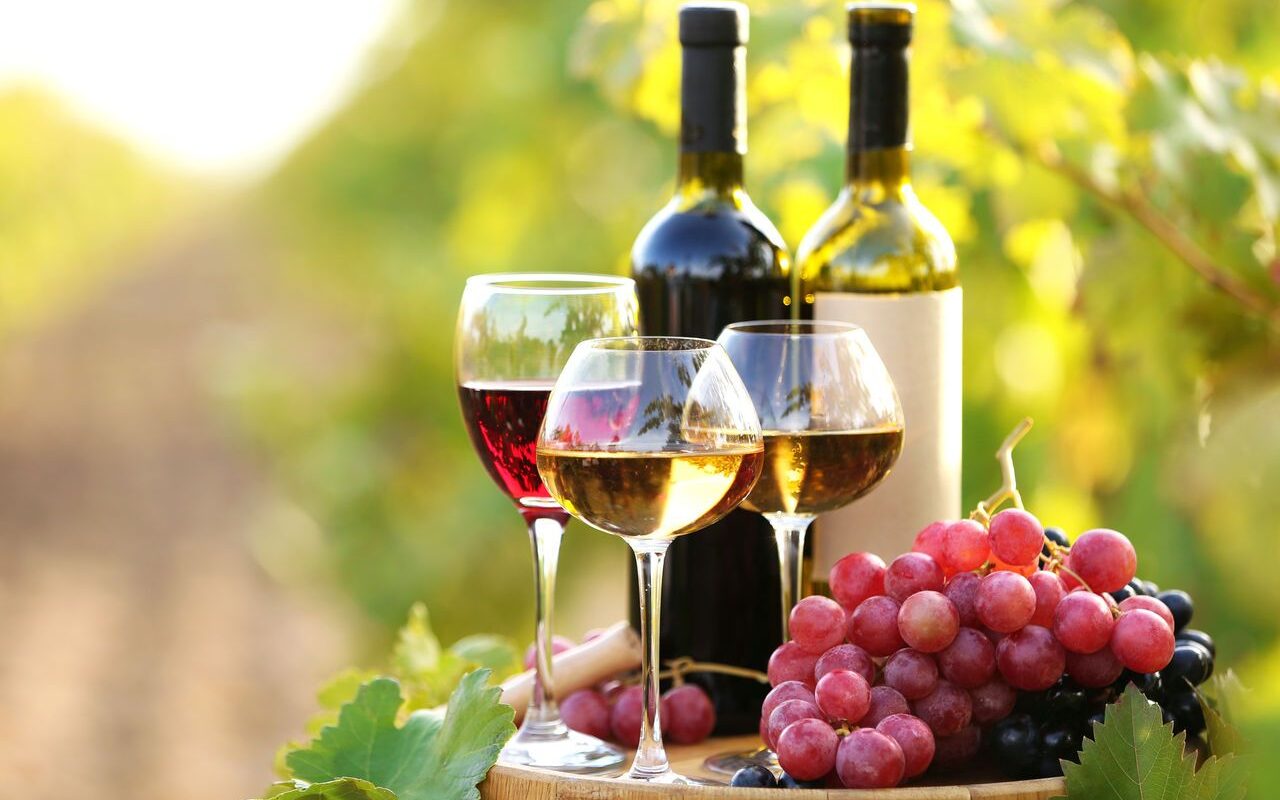Wine has a long and rich history spanning thousands of years. Originating from the cultivation of wild grapevines beginning over 8,000 years ago, wine has evolved significantly over the centuries while maintaining its popularity worldwide.
The Origins of Winemaking
The earliest evidence of wine production dates back to between 6000-5000 BC from the Caucasus Mountains between the Black and Caspian Seas, generally believed to be the site of the earliest domesticated grapevines. By 3000 BC, the ancient Egyptians and Mesopotamians had developed systematic agriculture and grape cultivation, with wine primarily used for religious ceremonies and as currency for trade. Advancements in winemaking spread through the Mediterranean region with the Minoans and Mycenaeans developing distinct wines in Crete and mainland Greece by 1600 BC.
During the 8th century BC, the Phoenicians introduced winemaking to southern France and Spain, establishing some of the earliest recognizable wine regions still in production today. Meanwhile in Italy, Romans like Cato the Elder and Pliny the Elder wrote extensively on viticulture and defined various wine styles from famous provinces throughout the Empire. By the Middle Ages, Christian monks had established many of the foundational cellars and techniques across Europe that remain integral to modern viticulture.
Primary Wine Grape Varietals
With thousands of grape varieties cultivated for wine worldwide, a few stand out as globally significant due to their extensive plantings, versatility for different styles, and widespread name recognition. Here are brief introductions to some of the most prominent varietals:
– Cabernet Sauvignon: Originating from Bordeaux, France, this full-bodied red grape produces wines of deep color, texture, and bold flavors of blackcurrant, black cherry, cinnamon and tobacco. Widely planted throughout California, Washington, Chile, and elsewhere.
– Merlot: Also from Bordeaux, Merlot grapes make soft, fruit-forward wines often blended with Cabernet Sauvignon. Common in Bordeaux, Washington State, California, Chile, and Italy. Known for flavors of plum, black cherry, and violets.
– Pinot Noir: The primary grape of Burgundy and Champagne, Pinot Noir is sensitive but capable of producing complex wines displaying notes of cherry, raspberry, earth and mushroom when grown in cooler climates. Dense plantings occur in Oregon, California as well as Burgundy, New Zealand and elsewhere.
– Chardonnay: Originating from Burgundy, this white grape is widely versatile and able to take on flavors derived from its terroir. Common in Chablis, Burgundy and other French regions along with California, Australia, Washington and more. Flavors range from apple and pear to tropical fruit, butter and oak depending on viticultural choices.
– Sauvignon Blanc: Originating from Bordeaux, this aromatic white grape shines in regions like Sancerre and Pouilly-Fumé in the Loire Valley. Also significant in Marlborough, New Zealand as well as California, Chile, South Africa and more. Flavors pop with citrus, grapefruit, herbs and tropical fruits.
Regional Focus: California and France
Two powerhouse wine regions that exemplify the diversity possible from varied climates and varietals are California and France:
California: With a Mediterranean climate and diverse geography, California has evolved into a globally significant producer since the mid-20th century. Cool-climate regions like Napa, Sonoma and the Central Coast excel with Cabernet Sauvignon and Chardonnay while inland valleys specialize in Zinfandel, Petite Sirah and Rhone varieties. Innovations in Viticulture have pushed boundaries with Burgundian and Rhone varieties in regions like the Santa Rita Hills.
France: As the original home of winegoing, France has developed some of the most storied regions perfectly suited to specific varietals. Burgundy produces elegant Pinot Noir and Chardonnay wines while Bordeaux crafts bold Cabernets and Merlots. The Rhone Valley specializes in Syrah and Grenache based reds. Chablis, Sancerre and other Loire appellations emphasize crisp Sauvignon Blanc. The diverse Alsace region along the German border cultivates varietals like Gewürztraminer and Riesling.
Modern Innovations in Viticulture and Winemaking
Constant innovations aim to optimize sustainability and quality as consumer tastes evolve. Advances in trellising systems, clonal selection, and disease prevention optimize yields while improving grape maturity and natural balance. Techniques like reverse osmosis, spinning cones and cryomaceration optimize extraction for more concentrated fruit flavors. Fermentation advances like wild versus commercial yeast inoculation along with lees stirring, malolactic fermentation and aging vessels continue expanding wine style possibilities. As sustainability concerns rise, many adopt practices like organic and Biodynamic viticulture with reduced intervention winemaking. As the industry addresses climate change threats, researchers develop resistant clones and explore new frontiers. With diverse regions undergoing their own revolutions, exciting developments lay ahead in the decades to come.
*Note:
- Source: Coherent Market Insights, Public sources, Desk research
- We have leveraged AI tools to mine information and compile it



